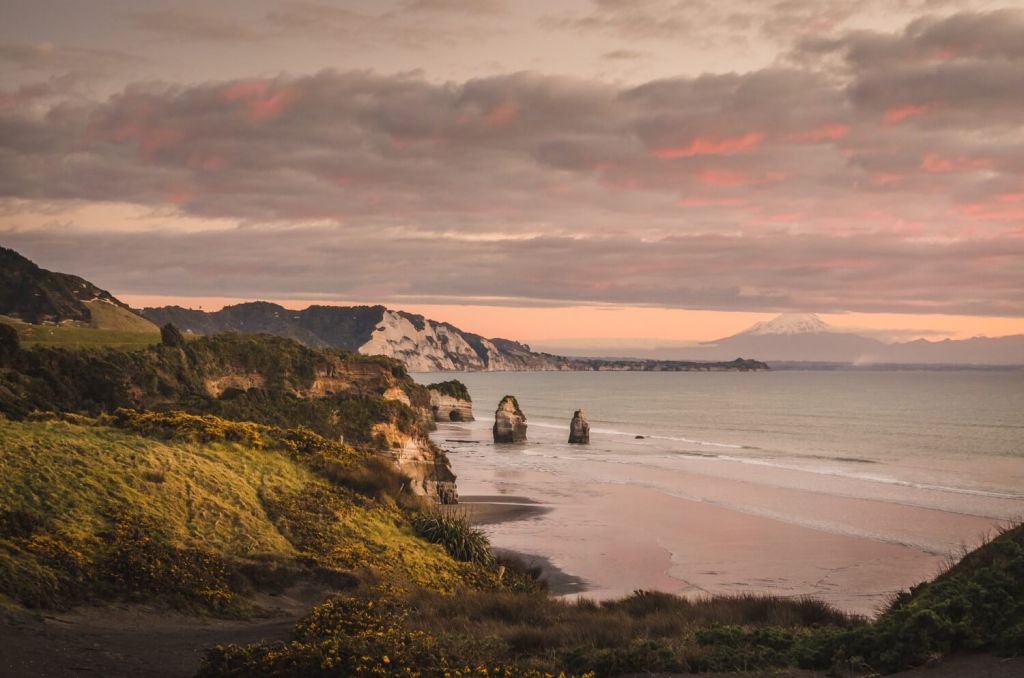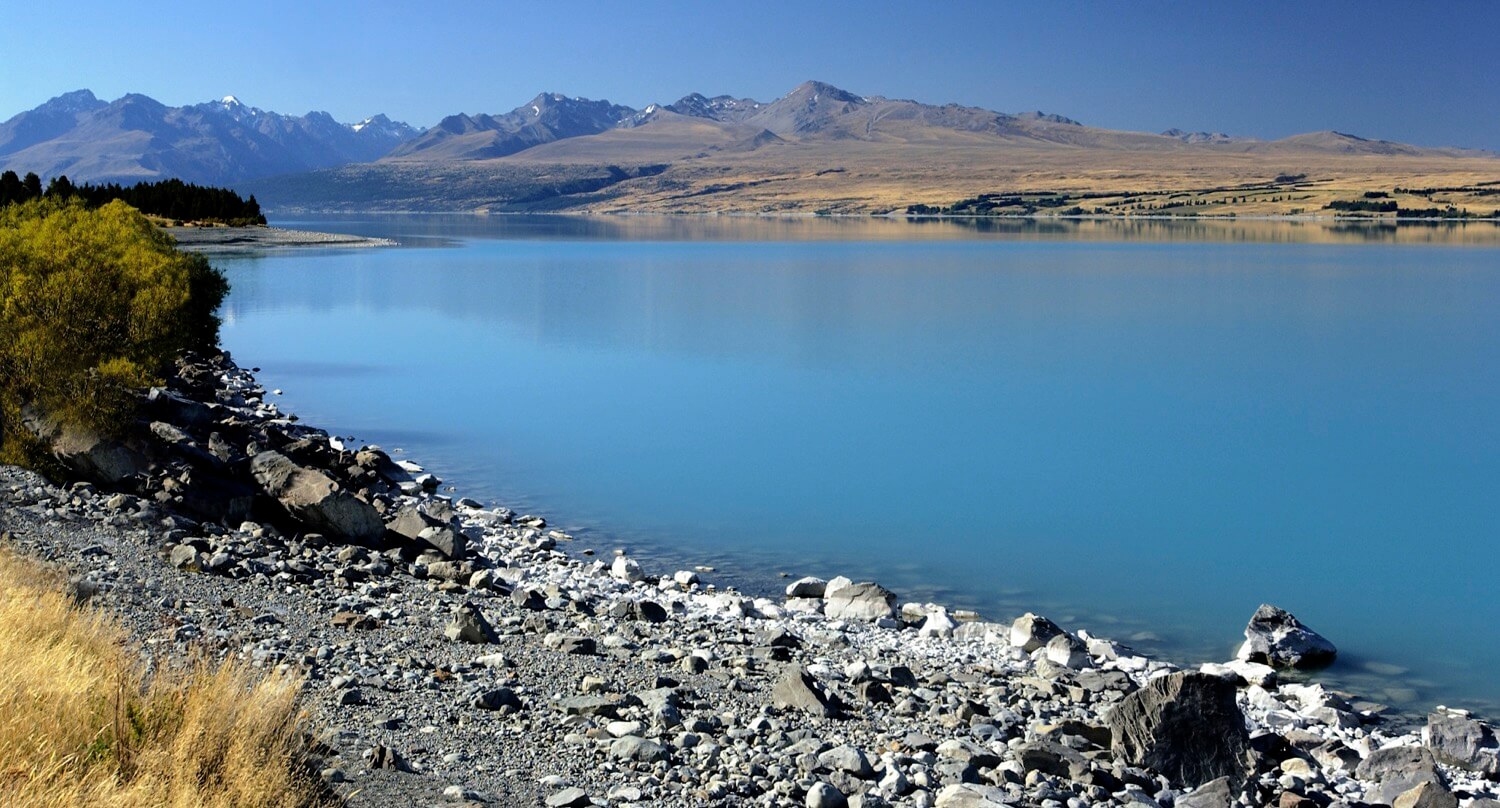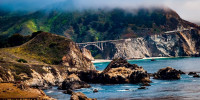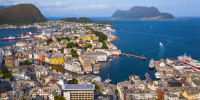Is the Tasman Sea Rough? (And the best time to cross it)
The Tasman Sea, the stretch of water between Australia and New Zealand, has gathered a reputation among sailors for being rough and treacherous. However, in truth the conditions vary depending on the season.
Is the Tasman Sea rough? As a result of the merging currents of the Pacific Ocean and the Southern Ocean, the Tasman Sea can be extremely rough. Sailing conditions vary according to the season with November to March regarded as the best time to cross the Tasman Sea in order to avoid the worst winter weather.
If you’re planning to venture into the Tasman Sea, there are a few things to bear in mind that can help make your journey easier. Read on for more details on the Tasman Sea and top tips on crossing this tough patch of water safely.

What is the Wave Height on the Tasman Sea?
The wave height on the Tasman Sea is very dependent on the passage of weather systems across the region. Consequently, storm waves and swells generated by colliding weather systems can quickly reach heights of 15ft and more. To make matters worse, it is very difficult to predict when these kinds of waves will appear as the currents shift regularly.
The waters around New Zealand claim some of the highest waves in the world. The tallest wave on record in the Tasman Sea was 42.5m or 120ft, recorded by a rescue helicopter in 1998. This was the year that six people lost their lives during the Sydney to Hobart Yacht race. Most boats without modifications will capsize if breaking waves reach a height of 30% of the boat length.
What Makes the Tasman Sea Rough?
The Tasman Sea is a marginal sea of the South Pacific Ocean, located between Australia and New Zealand, where the Pacific Ocean and the Southern Ocean meet. Named after the Dutch explorer Abel Janszoon Tasman, the Tasman Sea has become infamous for its rough seas. Unfortunately, it’s also unavoidable if you’re planning to sail between Australia and New Zealand.
The challenging conditions are largely thanks to the currents from the Pacific Ocean and the Southern Oceans, each of which have varying temperatures. Where the waters meet, the waves swell and as a result, the Tasman Sea can be extremely rough and unpredictable. Cyclones and storms are also regular features on the Tasman Sea, making sailing even more challenging.
The strongest current of the Tasman Sea is the East Australian Current. As the name suggests, it runs south down the Australian east coast from the tropics, specifically from the Coral Sea. In the summer, the East Australian Current runs as far as Sydney and sometimes Eden. Cold fronts sweeping up from the ‘Roaring Forties’, a belt of westerly winds, collide with the warmer Australian Current and this can lead to seriously high and steep waves, as well as frequent storms. This combination of current and wind adds to the dangerous sailing of the Tasman Sea.
On top of this explosive mix, the range of depths in the Tasman Sea helps to stir up the water even more. The Tasman Sea’s mid-ocean ridge, formed when Australia and New Zealand broke apart between 85 and 55 million years ago, is the largest underwater ridge in the region but there are many smaller ones too. The seafloor is dotted with mountains that range from hundreds of meters to thousands of meters. In addition, there are coral reefs to contend with, which have caused their own share of shipwrecks.
How Does the Tasman Sea Compare to Other Seas?
The Tasman Sea is regarded by many sailors as being one of the most dangerous stretches of water in the world. As well as the Tasman Sea, the Bass Strait between mainland Australia and Tasmania is also known for being very rough. Like the Tasman Sea, the Bass Strait is heavily influenced by weather patterns and at the same time, the severity of the waves varies depending on which side of the Strait you are on. The probability of encountering 3 meter or higher waves is approximately 30% at the western end of the Strait compared to approximately 15% in the North East.
Australia is not alone in having rough seas, however. Elsewhere in the world there are similarly challenging waters. One of the worst seas in the world is the Irminger Sea between Iceland and South Greenland. Located south of the Denmark Strait, the Irminger Sea is thought to be the windiest stretch of saltwater in the world. It is also one of the stormiest seas.
The South China Sea is another good contender for the roughest seas in the world. That region of the Pacific Ocean is controlled by monsoons and tropical typhoons, as well as cyclones, which batter the sea and any sailors who venture into those waters.

What is the Distance Between Australia and New Zealand via the Tasman Sea?
The direct route between Australia and New Zealand is roughly 1100 nautical miles, regardless of where you choose to depart from and arrive.
It can also be a good idea to add in a detour to Lord Howe Island on the way. This tiny island in the Tasman Sea lies 600 km or 320 nm east of Port Macquarie on the Australian coast and can be a useful stopping place if the weather is too bad. The Met Office on Lord Howe Island can give you a more accurate picture of the upcoming winds and weather patterns so you can wait for a good weather window before continuing on. If you choose to stop here, it will add about 200 nm to your overall route.
How Can I Avoid Rough Seas?
The easiest way to avoid rough seas is to make sure you always have the latest forecast. It is readily available so there is no reason not keep up to date during your journey, checking the weather regularly. Knowing the rate of movement of a pressure system can allow you to calculate roughly how long you have until you encounter it.
An old-fashioned barometer will also give you a good indication of the rate of change in air pressure, helping you to gauge the wind strength that will hit you. Understanding the conditions in advance should allow you to change course and position yourself so that you can avoid the worst of the storms or at least try to stay behind low-pressure systems. The worst thing you can do is ignore the warning signs and continue on your current course.
When is the Best Time to Sail the Tasman Sea?
In all honesty, there is no month that is guaranteed to be smooth on the Tasman Sea! However, the ideal sailing season for the Tasman Sea is generally between November to March. This time of year is summer in the Southern Hemisphere so the weather tends to be fairer than during the rest of the year.
The waters are likely to be smoother around the summertime but bear in mind that the conditions are hugely dependent on the weather patterns. If you’re planning on making the crossing, you will need to get regular updates on forecasts before and during your trip. Even in the summer the sea can get messy.
Sailing during the winter, between April to October, is not advisable as there’s a higher probability that you will be sailing downwind and are more likely to experience stronger winds and rougher conditions. During the winter, the ‘roaring forties’ sweep up northwards bringing higher waves and a greater chance of gales or storms.
To coordinate your sailing itinerary, we have created a map with the typical sailing seasons around the world.
Crossing the Tasman Sea
The Tasman Sea is a difficult and dangerous sea for sailors. Known as “the Ditch”, the Tasman Sea is notorious for being unpredictable and prone to storms. Many people have lost their lives making the crossing and ships have disappeared completely, leaving no trace. With this in mind, it is not a journey that should be taken lightly.
The conditions you find will be determined by the weather patterns and these need to be checked daily before and during your voyage. You can improve your chances of having a smooth crossing by being prepared and staying vigilant. The Tasman Sea is certainly rough but it’s not unmanageable. You may be lucky and have a trouble-free crossing. The most important thing is to expect the unexpected and be ready for the worst of conditions should they hit.
Did you find the answer to your specific question?
👍 51 👎 6



Comments
adrian
You state “Sailing during the winter, between April to October, is not advisable”
Let me tell you that the best time to cross the Tasman from NZ to Aus, is after the cyclone season, and that makes it End April to end may for a safe crossing
From Aus to NZ, the best time is October/November eg before the cyclone season.
Nobody, in their right mind will cross the Tasman in the summer on a yacht!!!
Leave a comment